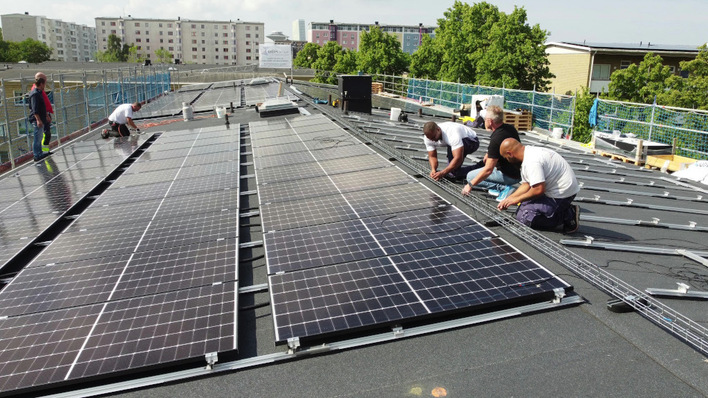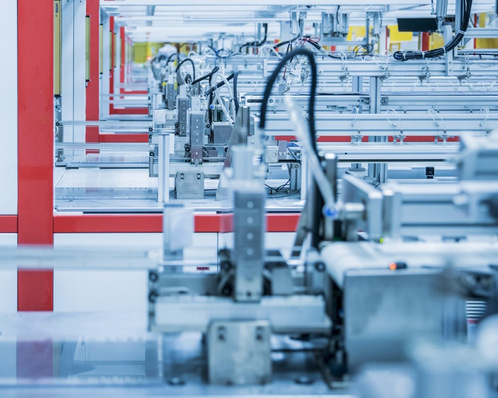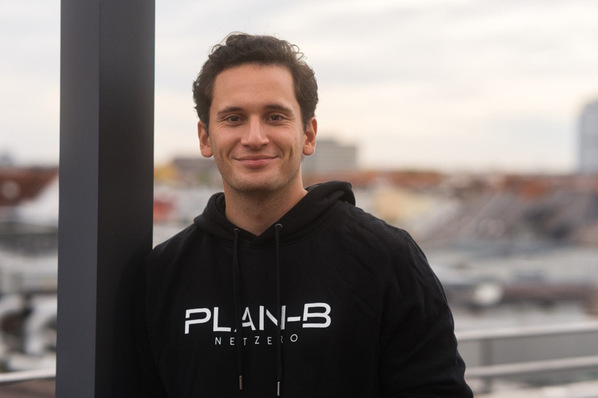pv Europe: Up to now, relatively few BIPV systems have been installed in Germany and Europe. What are the main reasons for this from your point of view?
Sebastian Lange: On the surface, the costs are regularly blamed for the fact that it has so far remained with a few beautiful lighthouse projects. But the costs alone are not the main cause. Certainly, BIPV projects involve higher costs than conventional facades or conventional PV systems. But an upper class car costs more than a car of the middle class. Rather, I see two main causes: On the one hand, little has yet been known about what BIPV can do and what benefits it has. This must be better communicated. On the other hand, there is also a very great need for knowledge among architects, planners and users. In building integrated photovoltaics, quite different trades and actors come together. They do not always speak the same language. We will also have to improve that.
How did the costs of BIPV develop? How do you see the further development of costs?
General statements on costs are very difficult as there are very different BIPV systems. Photovoltaics can be integrated in the roof as well as in the façade, in parapets and in every conceivable special element. At the same time, crystalline modules, thin-film modules or even organic photovoltaics can be used, depending on the properties desired for the respective project. In general, therefore, it can only be said that the falling prices of photovoltaics naturally also benefit the building-integrated photovoltaics. This also creates new room for maneuver to plan photovoltaics in the future, where it would hardly be possible to date. Further potentials for the cost reduction of the BIPV are also in the standardization. To date, many projects are still tailored solutions, with specially designed modules. Such projects will certainly continue in the future. In addition, a market of standardized BIPV concepts will also have to develop - both in production and in construction processes.
How has the technology developed further?
In terms of technology as well as design, there are hardly any limits. Almost everything is possible. Above all, PV modules can already be used in various colors, shapes and sizes. There are still differences in the efficiency and longevity of the individual technologies. Here we are continuously developing. On the construction side, there is, as I said, a challenge to further standardize building technology and building processes. Here, the experts in façade technology are also in demand.
How expensive is the assembly?
This depends very much on the systems used. Of course, special requirements for planning and assembly have to be taken into account at the BIPV. As Allianz BIPV, we are now continually working to develop appropriate guidelines to make the implementation of BIPV projects easier and safer. We were able to publish our first guideline for BIPV in suspended ventilated facades a few days ago.
Are the installers adequately trained?
As there are not so many BIPV projects so far, there are still not many installers who have gained their own experience so far. In order to bring the BIPV from the niche into the broad application, it will therefore be necessary to train the installers and facade builders appropriately. Manufacturers - I think especially to our member companies - are already doing a lot here. In addition, there are already qualified consultants who help to plan and implement BIPV projects. In order to reach the broad application with the BIPV, we will in the future become many more trained installers.
Are there any hurdles in the certification of the systems? Is there a uniform European standard?
The certification and approval of their products is a subject that affects all our member companies. As the European and national regulations have not yet been properly interlinked and the legal framework has changed because of jurisdiction, there is currently great uncertainty. Not to mention the cost and costs of the approval procedures. It is therefore desirable to create a uniform and clear framework for all Member States at European level.
Interviewed by Hans-Christoph Neidlein
Stay informed, get our weekly newsletter. Register here: http://www.pveurope.eu/Newsletter
Related news:
https://www.pveurope.eu/solar-modules/solar-modules-costs-prices-and-finance-glance







